Immediate care
- Ask a trusted person to stay or check in regularly.
- Keep a small routine: food, water, meds, brief walk, daylight.
- Use crisis lines for the night hours; you don’t have to be alone with it.
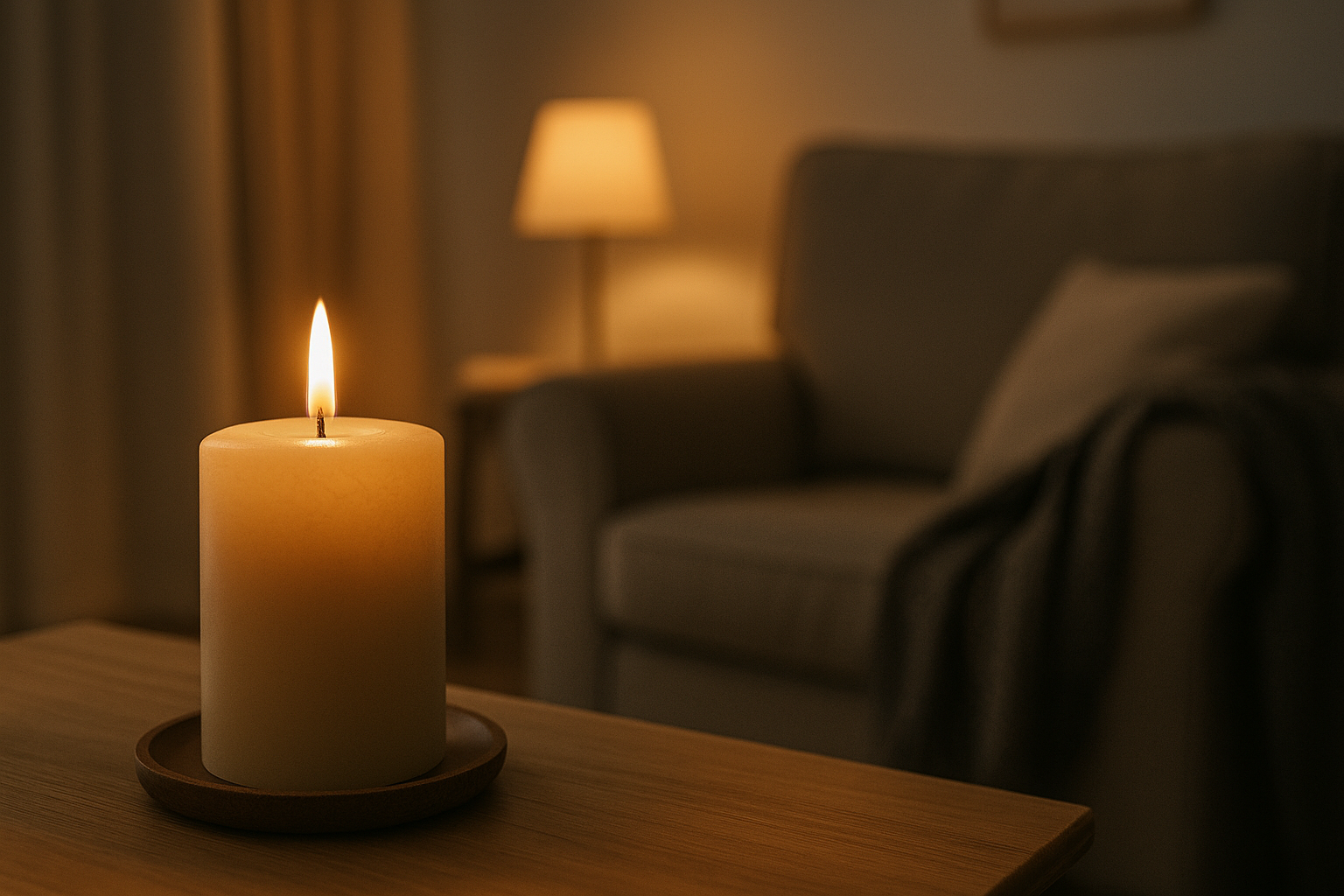
Alongside grief you may face shock, guilt, anger, confusion, stigma, and practical tasks you never asked for. Here you’ll find plain-spoken explanations, gentle tools for the early weeks and the long haul, guidance for children and communities, and links to dedicated UK and Scottish support.
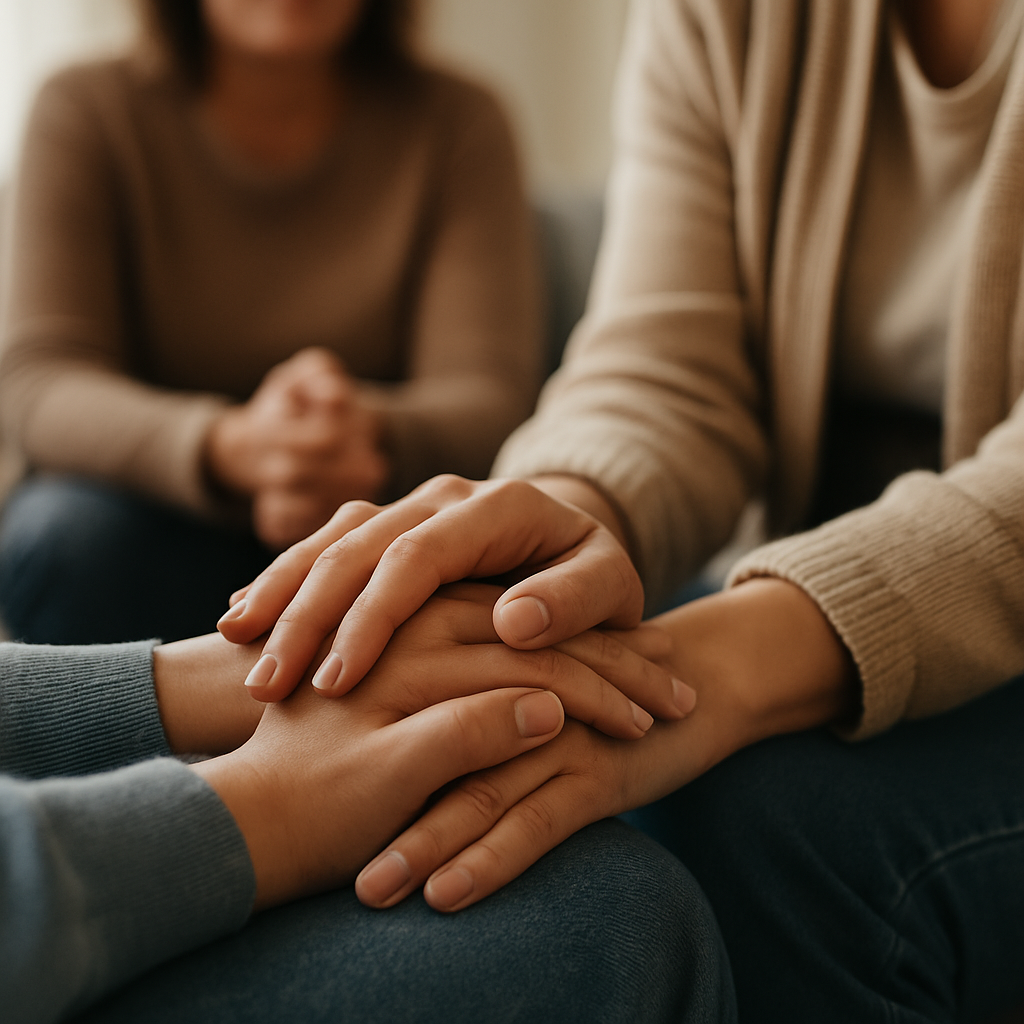
Compared with other deaths, suicide loss often brings:
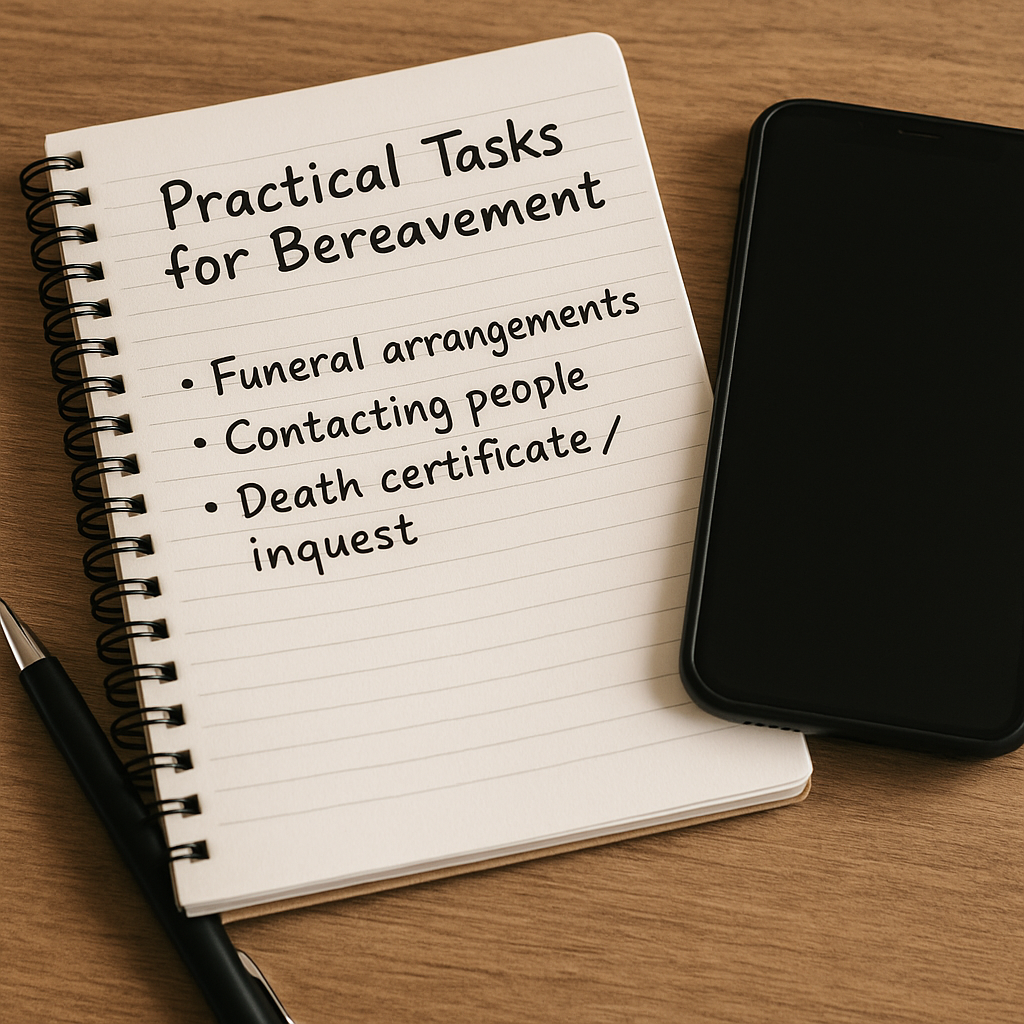
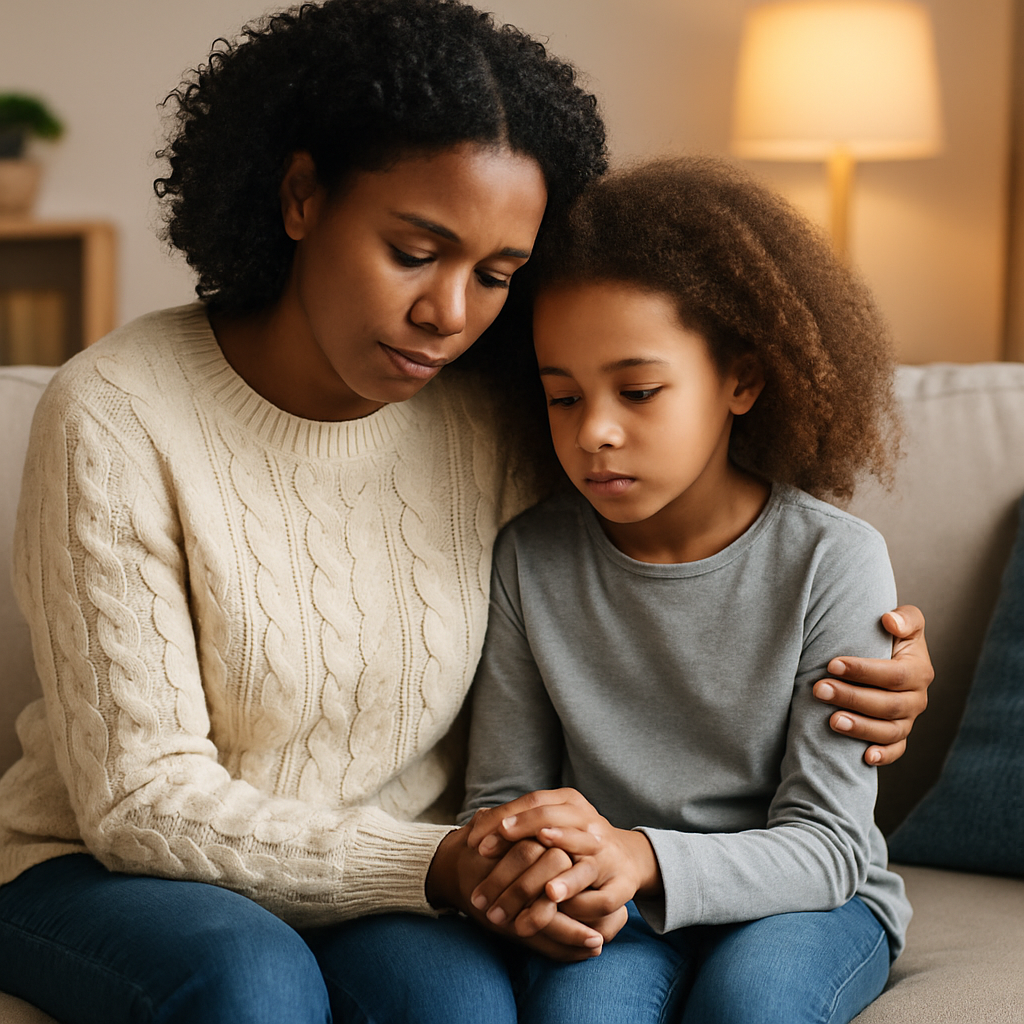
Autistic, ADHD, dyslexic and other neurodivergent people may grieve and process social information in different ways. Adapt support to match the brain you’re helping.
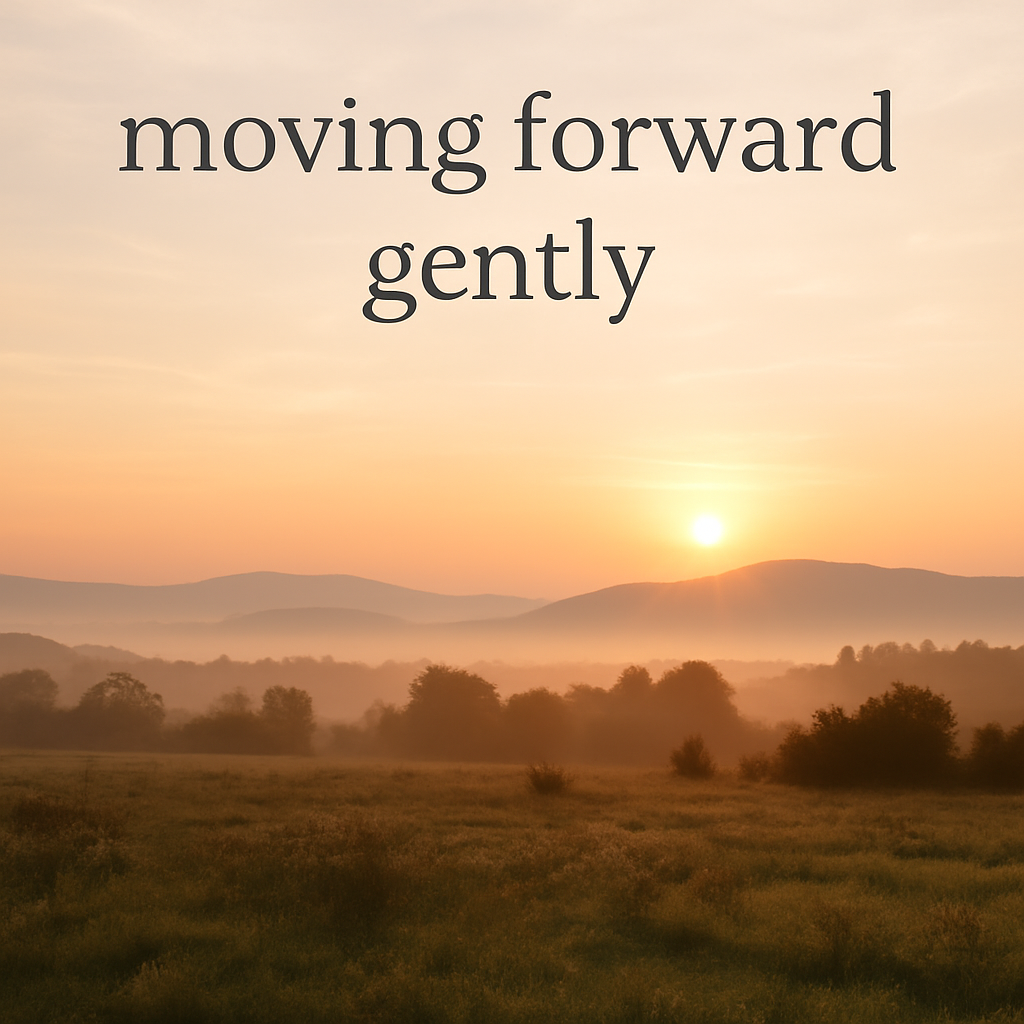
The information on this page is for general understanding and support. It is not a substitute for professional medical, psychological, or legal advice. If you feel unable to keep yourself safe or someone else is at risk, call 999 (UK) immediately. If you’re outside the UK, contact your local emergency number.
For non-emergency concerns, consider speaking with a qualified health professional or one of the bereavement services listed above.